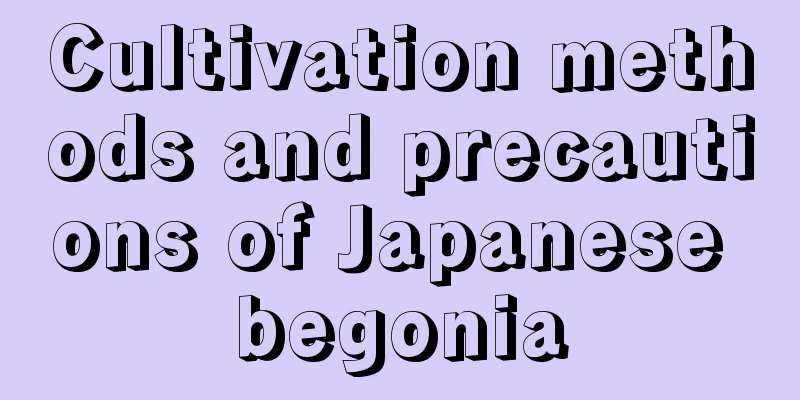What to do if Clivia leaves have spots

Causes of spotsImproper fertilizationApplying unfermented fertilizer will cause the bacteria to multiply in large numbers in the potting soil. Improper soil replacementIf the potting soil is not changed for a long time, the nutrients in the potting soil will decrease and pathogenic bacteria will exist. If the plant has wounds, it is easy to be infected by bacteria. Imbalance of nitrogen, phosphorus and potassium in fertilizerThis is especially caused by insufficient potassium fertilizer or direct contact of fertilizer with the roots during fertilization. Rust spots on individual leaves are often caused by fertilizer directly contacting a fleshy root or a wound. Long spot solutionTake precautionsFirst of all, we must prevent the plants from root rot so that the leaves can get enough nutrition. Secondly, we must prevent external injuries and prevent the spread of wounds. The amount of fertilizer applied must be controlled well, and excessive fertilizer should be avoided. In summer, do not water the pseudobulbs of mature flowers. In summer, we must pay attention to ventilation, cool down, strengthen management, and regularly spray carbendazim, thiophanate-methyl, methyl tolbutamide, agricultural streptomycin and other sterilization drugs for prevention and control, which can reduce and eliminate the occurrence of leaf spot and leaf yellowing. Replace new soilTo prevent and control leaf spot disease, the soil can be changed. When changing the soil, wash the fleshy roots with clean water, dry them and then put them in the pot. If some leaves are already rotten and look terrible, just cut them off. SprayingJunte is an organic sulfur-arsenic compound fungicide that can prevent and control a variety of fungus diseases, such as white rot, brown spot, stem spot, etc. Use a concentration of 500-1000 times, spray once every half a month, and spray 3-4 times continuously to achieve the desired effect. Sterilization is particularly toxic, please pay attention to safety when using it. |
<<: What to do with Camellia sasanqua dead flowers
>>: What to do if Camellia sasanqua leaves fall off
Recommend
How to propagate purple bamboo plum and precautions
How to reproduce Purple Bamboo Plum The main ways...
Can the cut spider plant be hydroponically cultivated?
1. Can it be hydroponically grown? The cut small ...
How to grow geraniums
1. Soil It is best to use fertile, loose soil to ...
Causes and treatments of pig coughing in winter
With the arrival of winter, the temperature drops...
The efficacy and function of jujube
one. Awakening and calming The organic acids and ...
How to cultivate silkworm
1. Soil It is best to use breathable soil for gro...
How many years does pepper bear fruit?
Introduction to Planting Peppercorn Sichuan peppe...
Repel mosquitoes and absorb formaldehyde...a pot of flowers is equivalent to a treasure chest!
Jasmine Effect: Refresh the mind, eliminate fatig...
Are succulents suitable for indoor cultivation?
1. Is it suitable? Some varieties of succulents a...
Are the flowers in your home wilting for no apparent reason? Don't be afraid! 1 trick to help you solve it
Money Tree Wilting Causes Overwatering (Author: L...
Causes and solutions for yellowing plants in winter
Normal metabolism This is a normal situation, so ...
How to grow jasmine
1. Breeding techniques 1. Soil: Jasmine’s growth ...
How to grow bonsai
1. Proper watering When growing bonsai, most flow...
The flower language of Zephyranthes
The flower language of Zephyranthes: It represent...
Cultivation methods and precautions of Xifu Begonia
1. Soil Its rhizomes are very fragile, so when cu...









